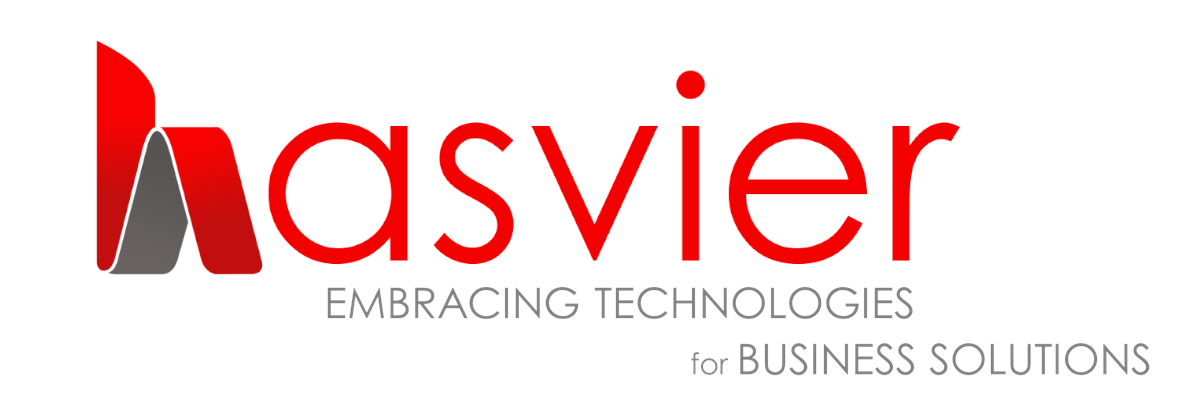Our Business Analysis Services involve working closely with clients to gather and analyze their requirements, then utilizing UML 2.0 diagrams—such as use case diagrams, class diagrams, and activity diagrams—to visualize and communicate the system design. This structured approach ensures that both technical and non-technical stakeholders have a clear understanding of the project scope, design, and workflows.
We offers specialized Business Analysis Services aimed at helping organizations transform their business processes through precise and effective system design. With an experienced team of technical experts, we work closely with clients to understand their unique business needs and translate them into actionable requirements. We employ UML 2.0 methodology as the backbone of our analysis process, ensuring that every requirement is meticulously documented and visualized to streamline communication between stakeholders and technical teams.
The UML 2.0 methodology is central to our approach. By using Unified Modeling Language (UML), we can visually represent complex systems, processes, and interactions. UML diagrams—such as use case diagrams, sequence diagrams, activity diagrams, and class diagrams—allow us to provide a clear and organized view of the system from multiple perspectives. This ensures that all stakeholders, from business managers to technical developers, share a common understanding of the system requirements and architecture.
Our team is composed of competent technical employees with extensive experience in applying UML 2.0 for business analysis. They have in-depth knowledge of the methodology and how it can be used to accurately represent both the functional and non-functional aspects of a system. This expertise enables us to deliver high-quality solutions that meet the precise needs of our clients while ensuring that every system is scalable, reliable, and aligned with business objectives.
Through the Business Analysis Services, we begin by working with clients to gather initial requirements and map out the business processes. This collaborative effort helps us identify areas for improvement and potential automation, enabling businesses to operate more efficiently. Using UML 2.0, we translate these business requirements into structured models that act as blueprints for system development and implementation.
We specialize in creating comprehensive use case diagrams, which allow us to capture functional requirements by illustrating the interactions between users and the system. These diagrams provide a clear outline of user needs and ensure that the system is designed to meet them. We also create activity diagrams to detail the flow of control within a system, helping to visualize processes and ensuring that tasks are completed efficiently and without unnecessary complexity.
Our sequence diagrams help visualize the order of events within a system, allowing us to understand how various system components interact in real-time. This is critical for identifying potential bottlenecks or inefficiencies that might affect performance. Additionally, our class diagrams provide a structural view of the system, helping both business stakeholders and developers understand the data architecture and relationships within the system.
The application of UML 2.0 not only helps us accurately design systems but also improves communication between business analysts, developers, and stakeholders. By creating visual models, we ensure that all parties are aligned throughout the project, reducing misunderstandings and enhancing collaboration. This results in smoother transitions from analysis to development and ultimately leads to the successful delivery of the system.
In addition to the technical expertise, our team also brings a deep understanding of the business domain. This combination of technical proficiency and business acumen allows us to bridge the gap between business needs and technical implementation. We focus on understanding the client's business objectives, ensuring that the solutions we propose are not only technically sound but also aligned with the broader organizational goals.
Our Business Analysis Services extend throughout the lifecycle of a project. From initial requirements gathering and system modeling to post-implementation support, we provide ongoing analysis and recommendations for improvement. We believe in continuous collaboration and feedback loops to ensure that the system remains adaptable to evolving business needs and technology advancements.
Ultimately, our goal is to provide our clients with a well-structured, efficient, and scalable system. By leveraging UML 2.0 methodology and employing a team of highly skilled and knowledgeable professionals, we ensure that every project we undertake meets the highest standards of quality. Whether it’s a new system implementation, system upgrade, or process optimization, our Business Analysis Services are designed to deliver results that drive business success.
